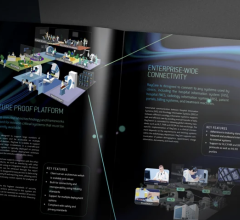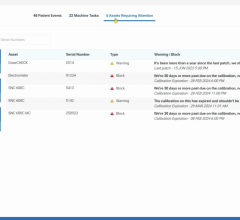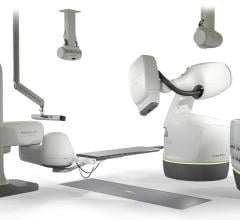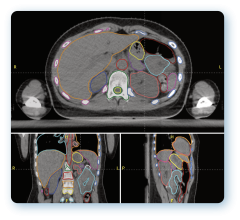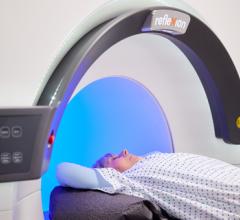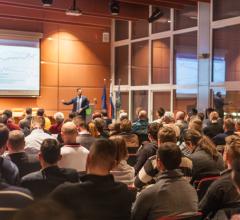Artificial Intelligence Reigns Again

In July, the ITN team attended the American Association of Physicists in Medicine (AAPM) 2018 meeting. And once again, artificial intelligence (AI) was the main topic discussed both in sessions and on the show floor, reflecting the same trend ITN has seen at medical conferences over the past year. AI is being developed to help automate treatment planning software, and cut the time it takes to develop plans from hours or days, down to minutes.
Radiological Society of North America (RSNA) President Vijay Rao, M.D., spoke at AAPM about the strong partnership between AAPM and RSNA. She is the David C. Levin professor and chair of radiology, Sidney Kimmel Medical College of Thomas Jefferson University, Philadelphia. In speaking with her, she said AI has exploded across medicine — particularly in radiology. She said the trend in AI seen at AAPM is the same across 10 other imaging conferences she has attended as RSNA president over the past several months. She also said that AI will by far be the hottest topic discussed at RSNA 2018 in late November. You can watch the ITN interview with her at https://bit.ly/2Mgq4YJ.
“Redefining the Future of Medical Physics in a Changing Healthcare Environment” was a topic heavily stressed at AAPM 2018, as the role of medical physicists is augmented in the coming years by automation and AI. AAPM President Bruce Thomadsen, M.D., professor of medical physics at the University of Wisconsin, Madison, highlighted this theme in his presidential symposium, and it was echoed by several other speakers in sessions. He said the future may seem uncertain due to AI and automation, but it also presents opportunities for physicists to reinvent their roles in healthcare. You can watch “The Future of Medical Physics in a Changing Healthcare World,” a video interview with Thomadsen at AAPM, at https://bit.ly/2Ml7GxV.
Several sessions explained how use of big data analytics and radiomics software image analysis algorithms applied to medical imaging can enhance disease diagnosis. This includes finding small variations in images that may escape the naked eye that show similarities in various types of cancers. When tied with electronic medical records (EMR), data and oncology reports, this may allow for better disease classification, prognosis prediction, allow better recommendations for treatment and better disease staging.
New technology is constantly evolving, and the sessions at AAPM were filled with new concepts on how to better treat or image patients. You can learn more about several of these new technologies in the “Editor’s Choice of the Most Innovative Technologies at AAPM 2018” video, which can be viewed at https://bit.ly/2Mgq4YJ. One such topic included how to use proton beams from proton radiation therapy systems as an onboard real-time image guidance system. ITN spoke with Matthew Freeman, Ph.D., scientist at Los Alamos National Laboratory, New Mexico, who is helping develop direct proton imaging on the treatment table without the need for other external or on board imaging systems. You can watch his video interview, “Use of Real-time Proton Imaging for Proton Therapy Image Guidance,” at https://bit.ly/2Mgq4YJ.
Find additional AAPM coverage, as well as other show coverage, at www.itnonline.com/channel.
Augmented Content
We continue our enhanced coverage of the industry through Blippar content. It’s an innovative way for you to view expanded content in several of our features in each issue. This issue, our augmented print campaign begins on this page, where you can watch the VIDEOS “The Future of Medical Physics in a Changing Healthcare World,” a video interview with AAPM President Bruce Thomadsen, M.D., and “Use of Real-time Proton Imaging for Proton Therapy Image Guidance” with Matthew Freeman, Ph.D. For more insights on what to look for in cardiac CT scanners, watch the VIDEO “What to Consider When Comparing 64-slice to Higher Slice CT Systems” on page 14. And for more information on breast density, you can view the video “ Developments in Breast Density Legislation and Screening Guidelines” featuring JoAnn Pushkin, on page 44.



 July 22, 2024
July 22, 2024 


